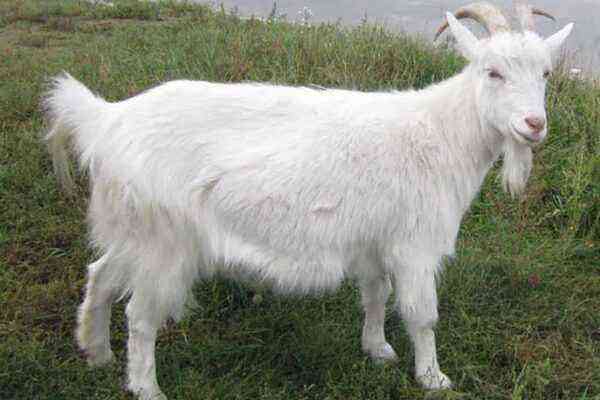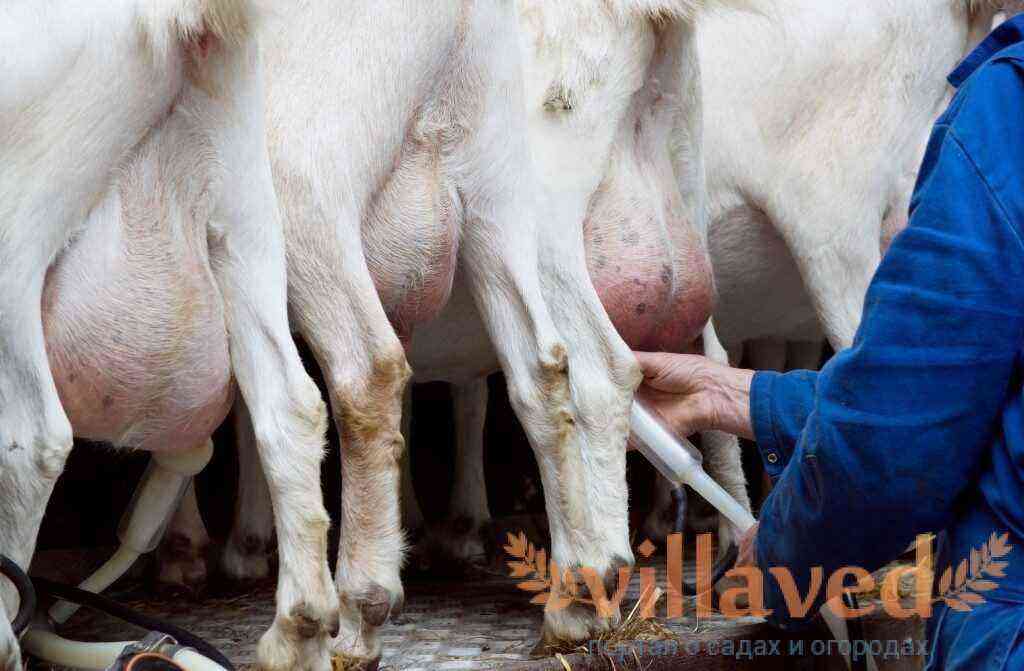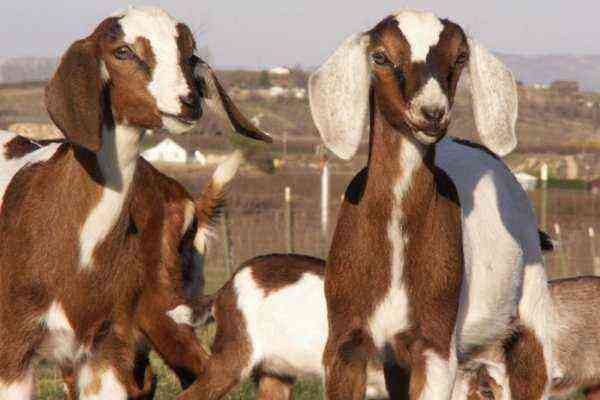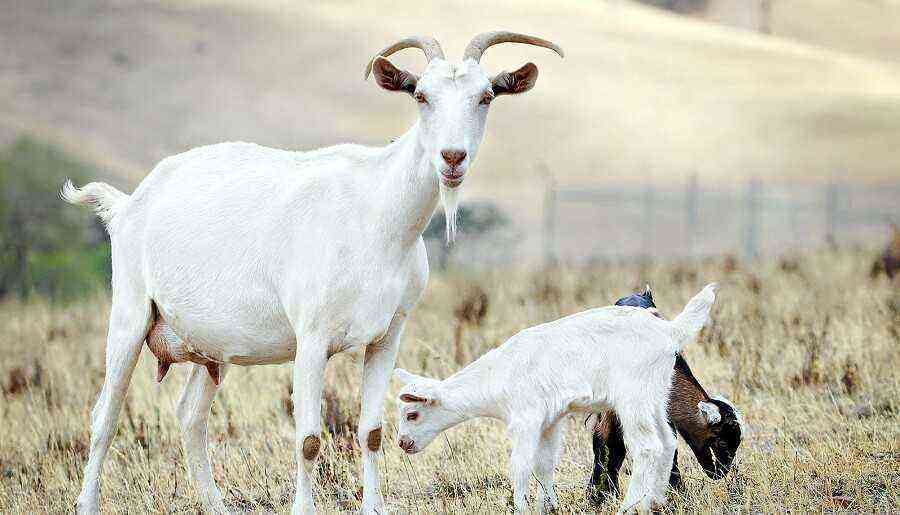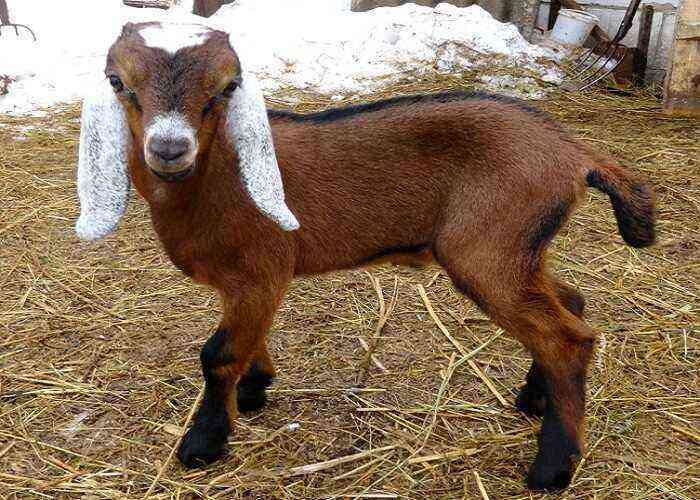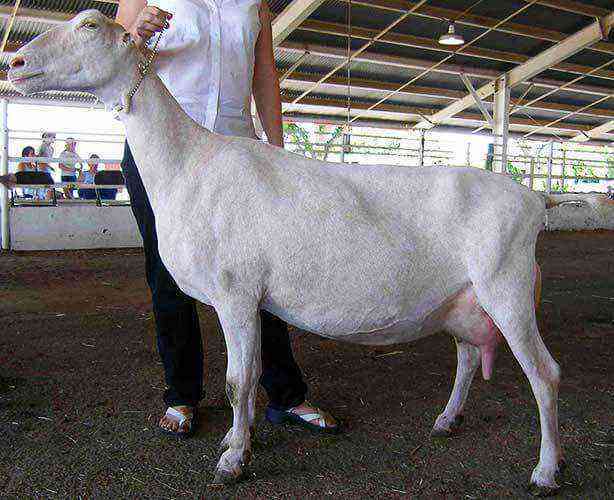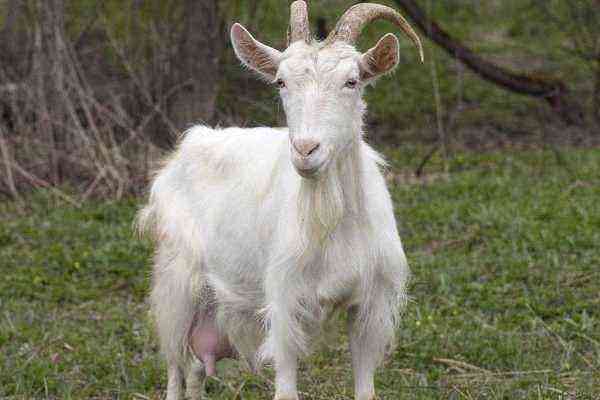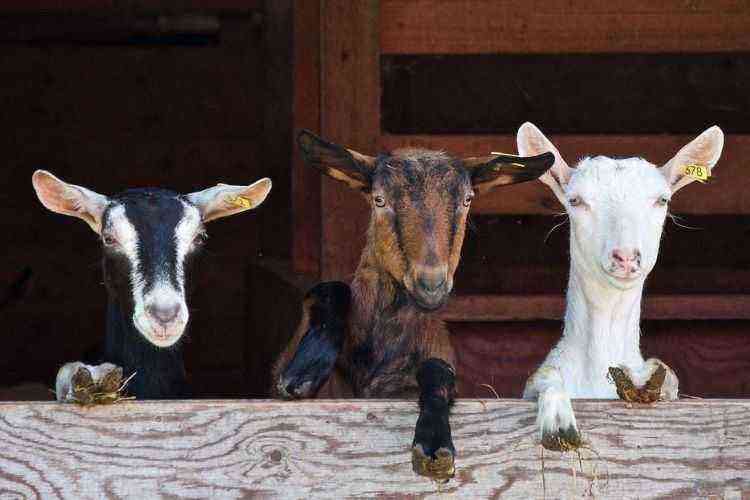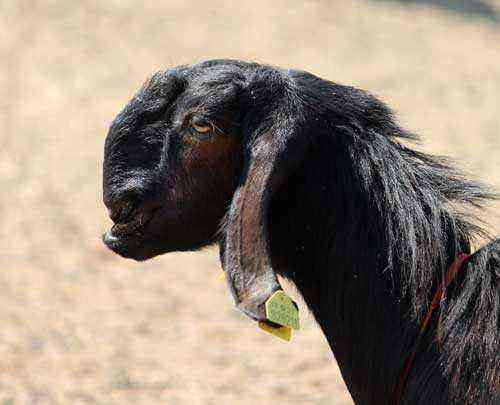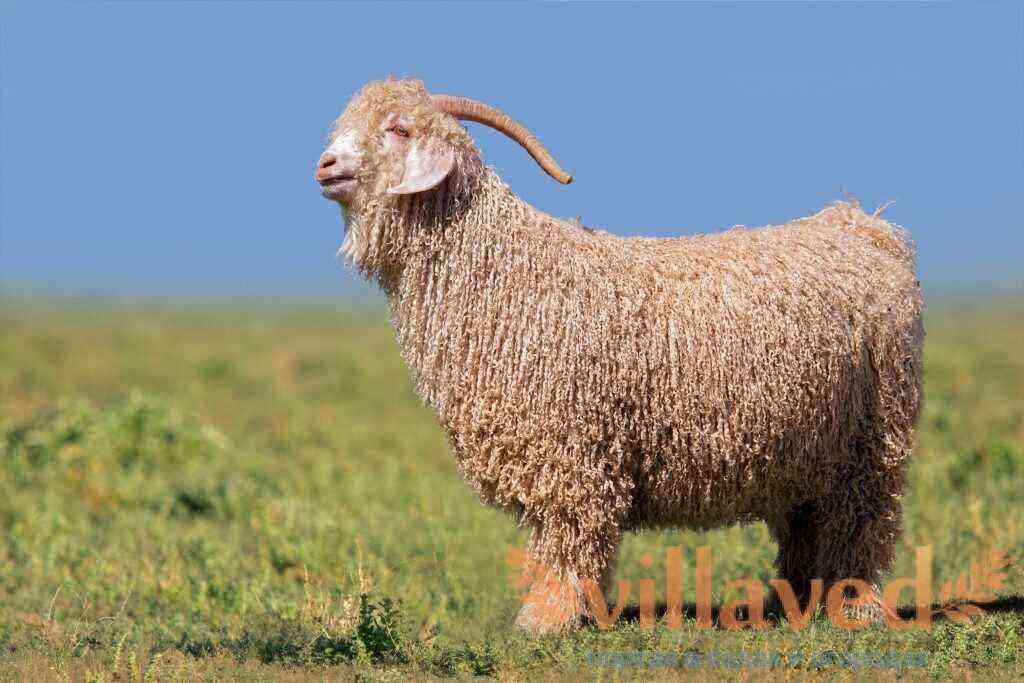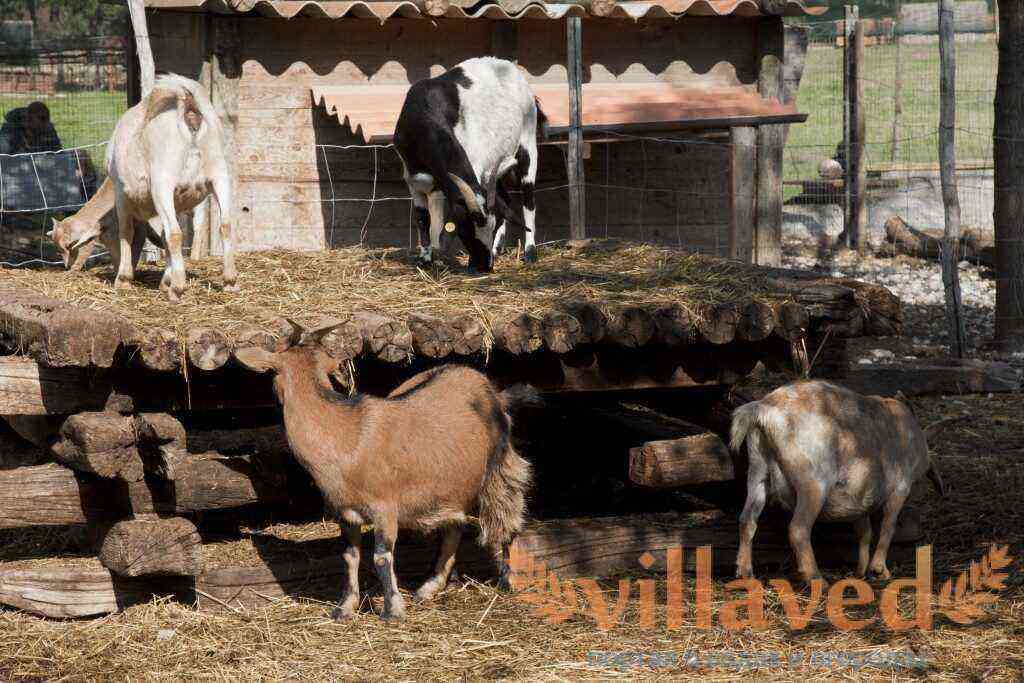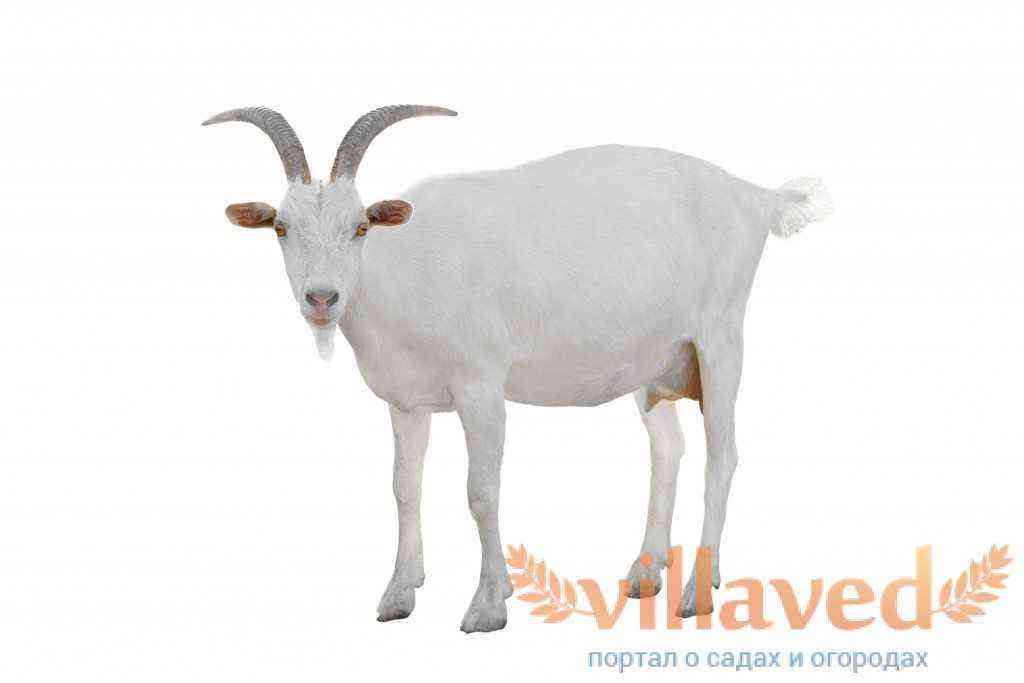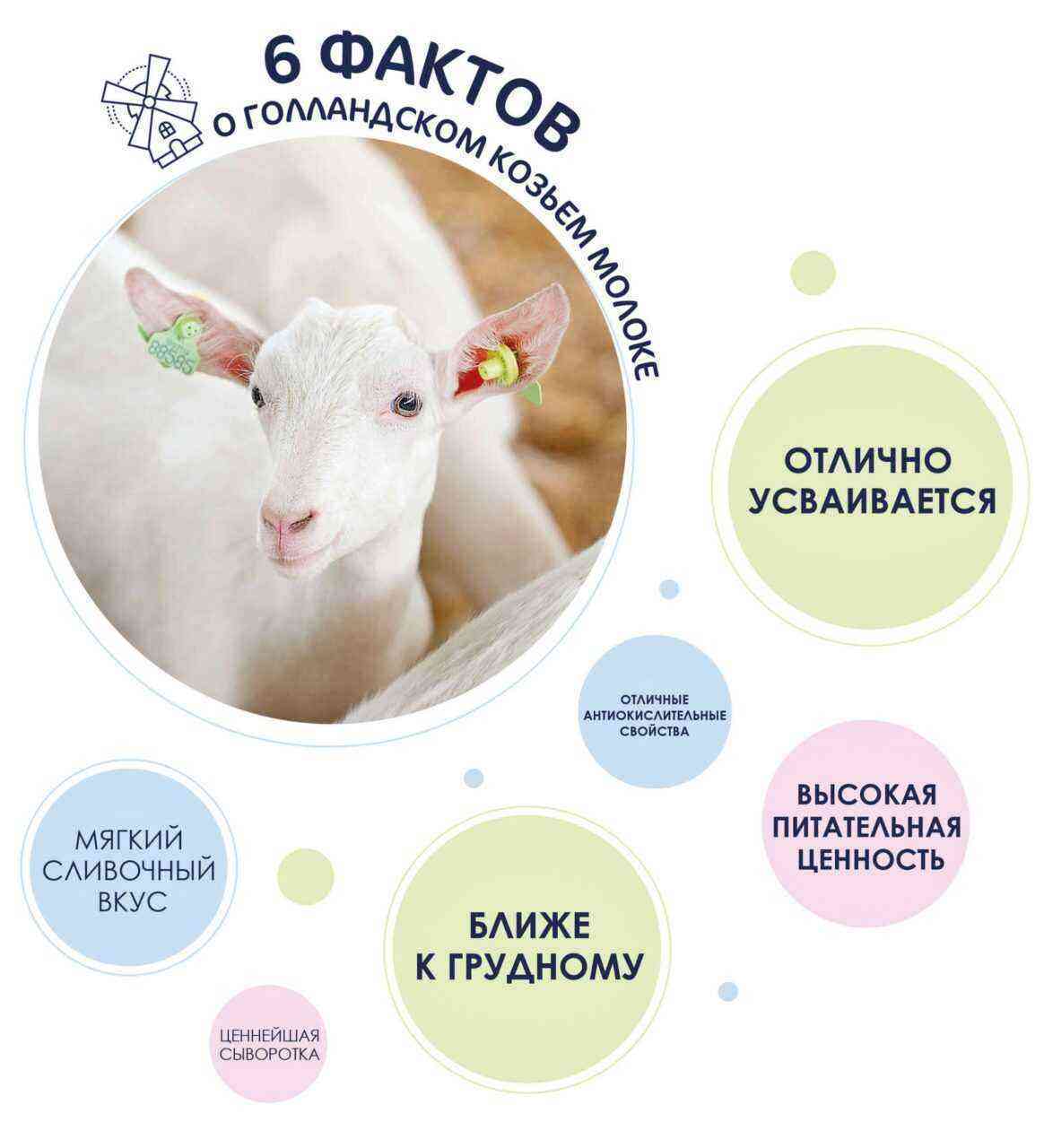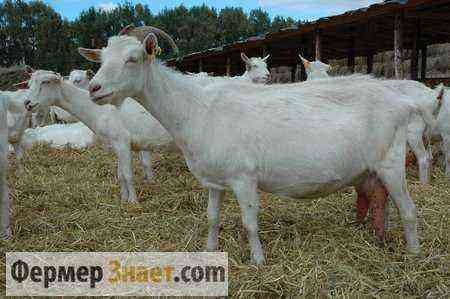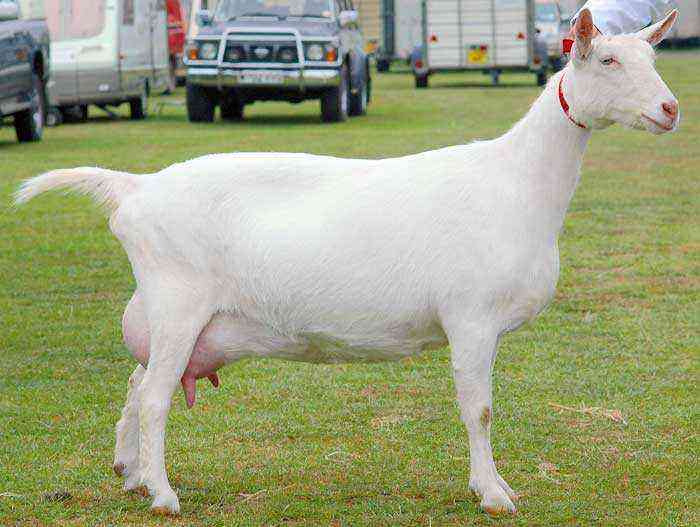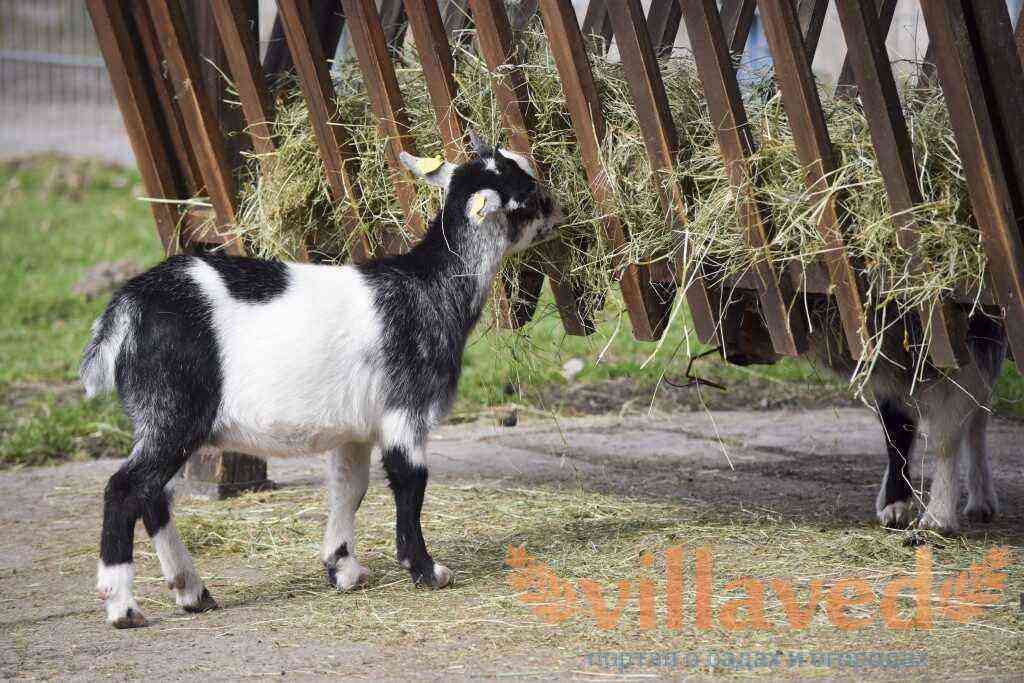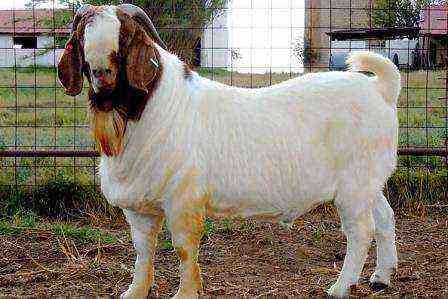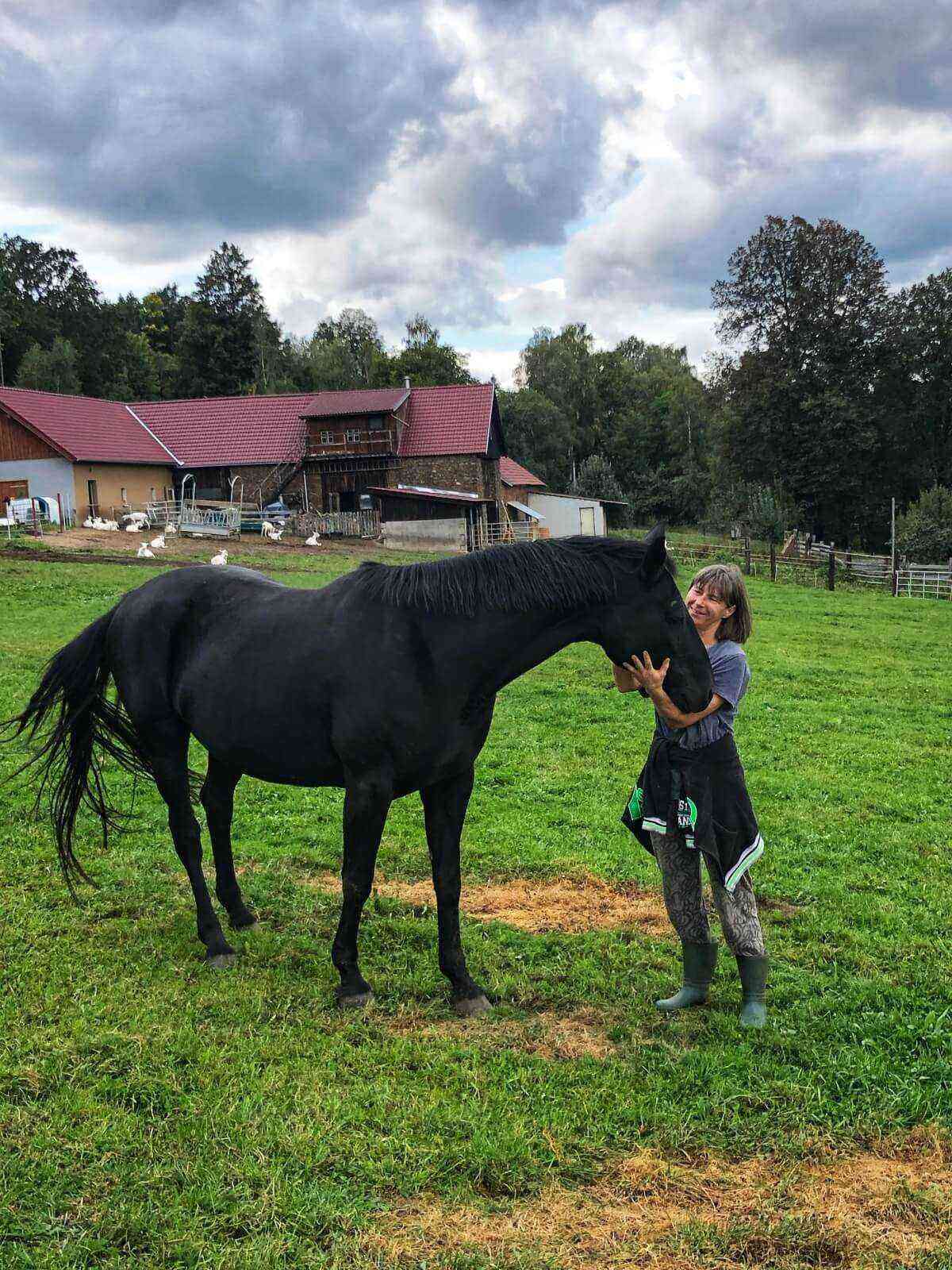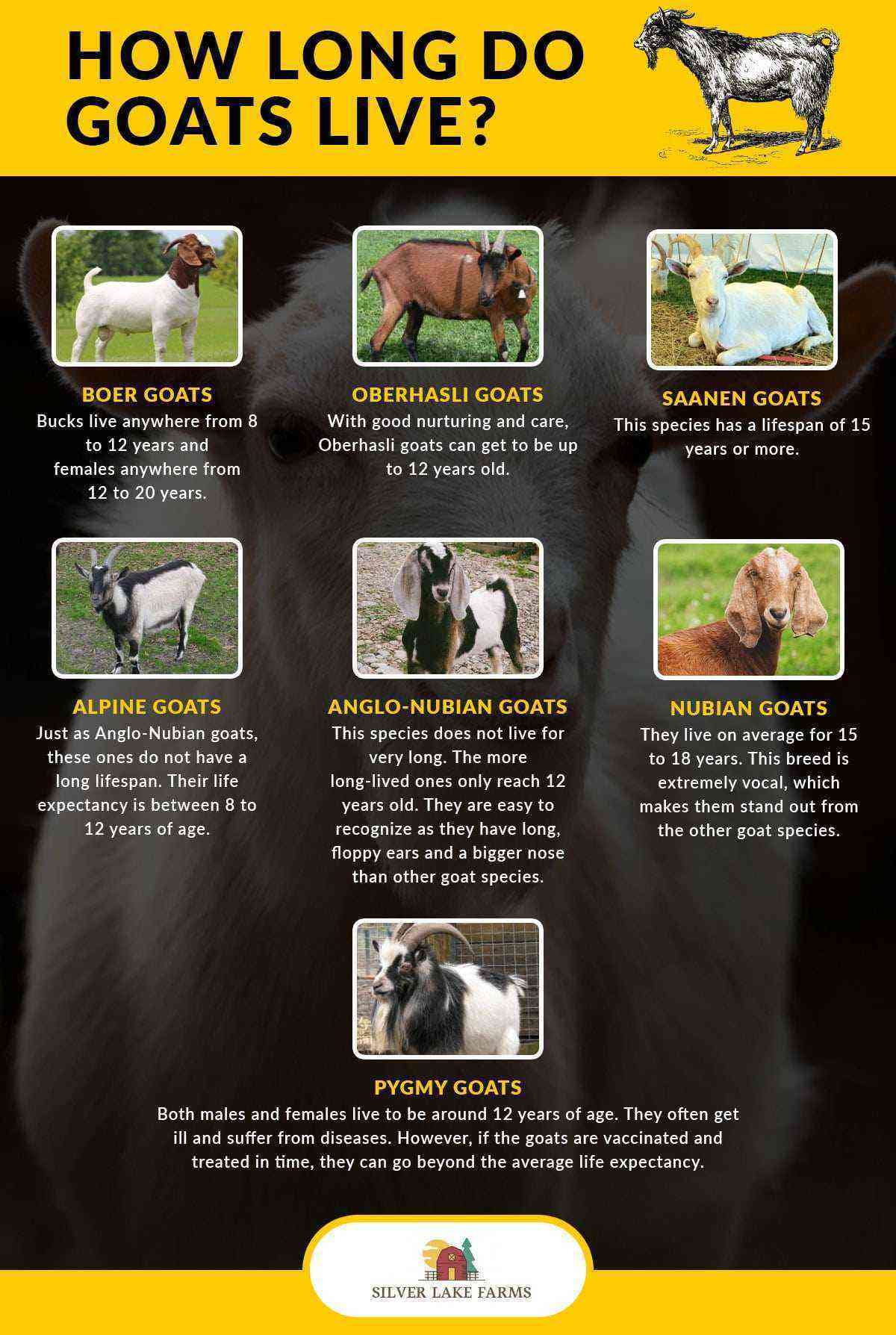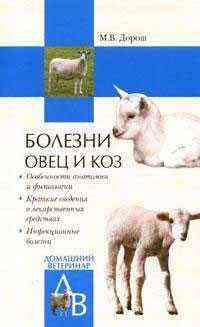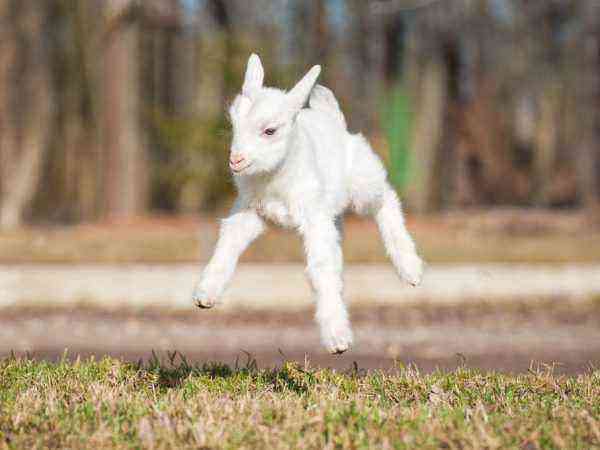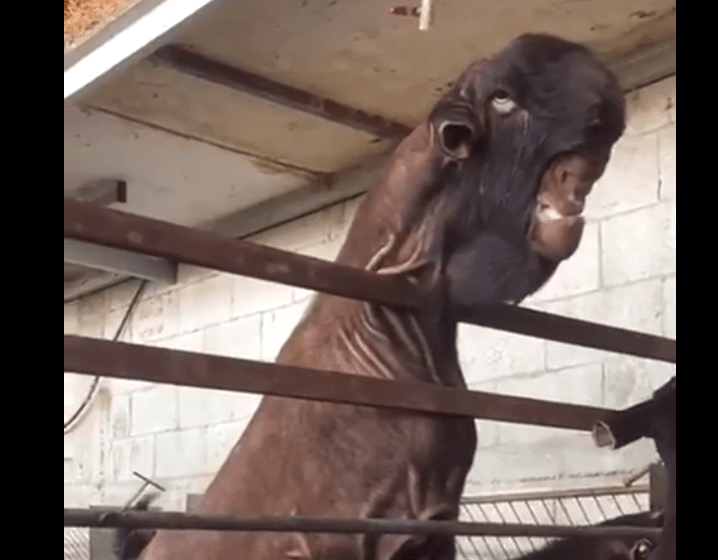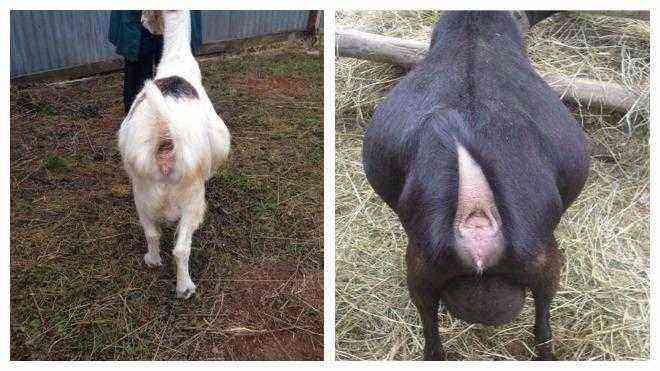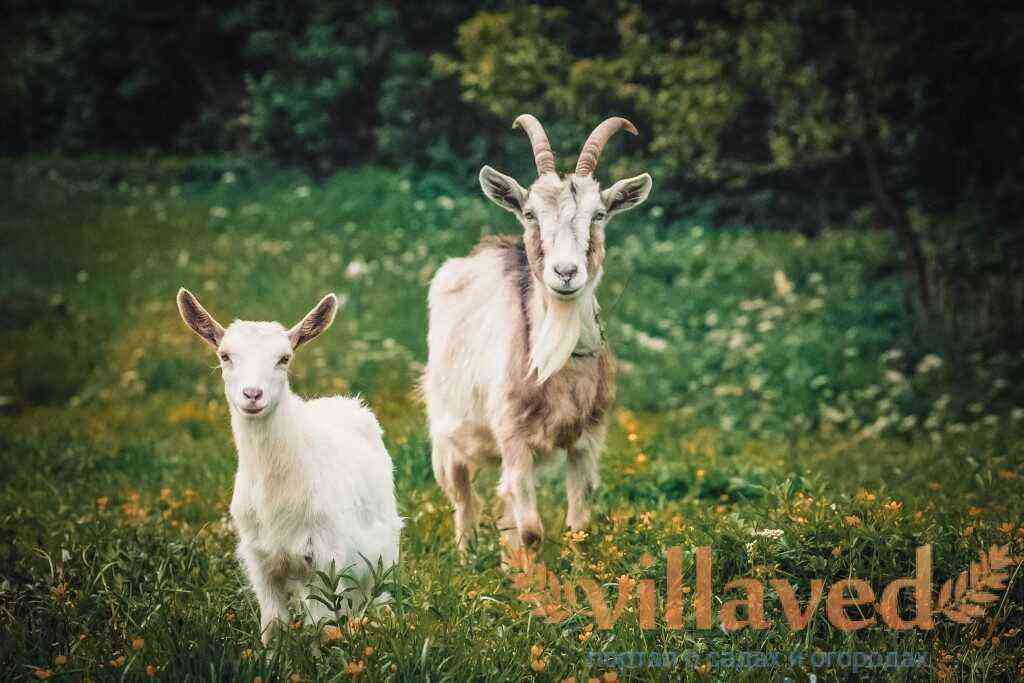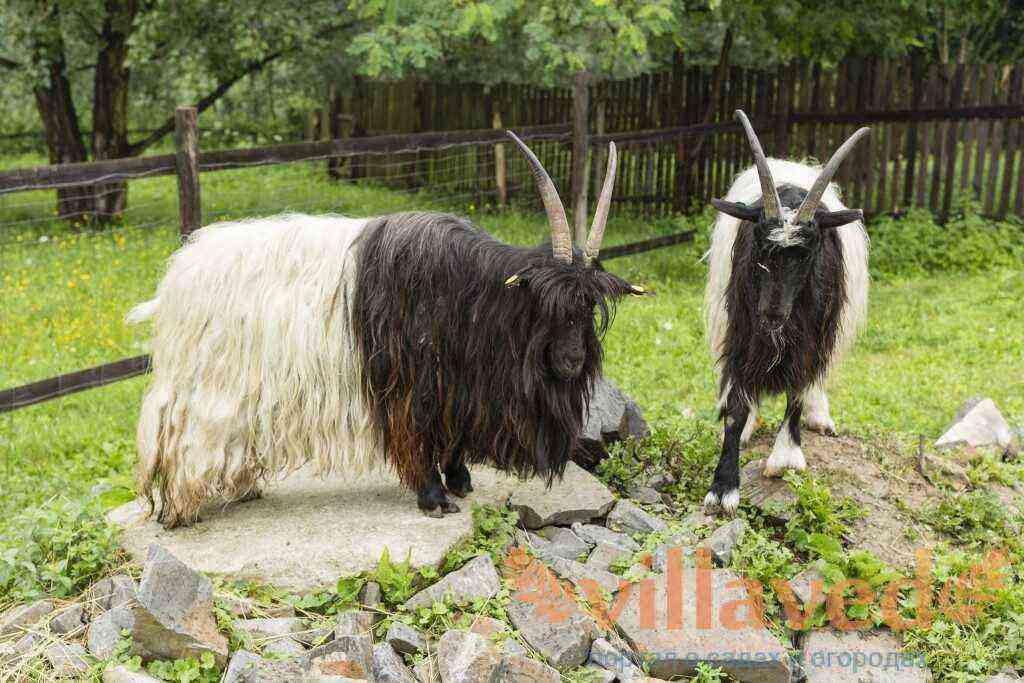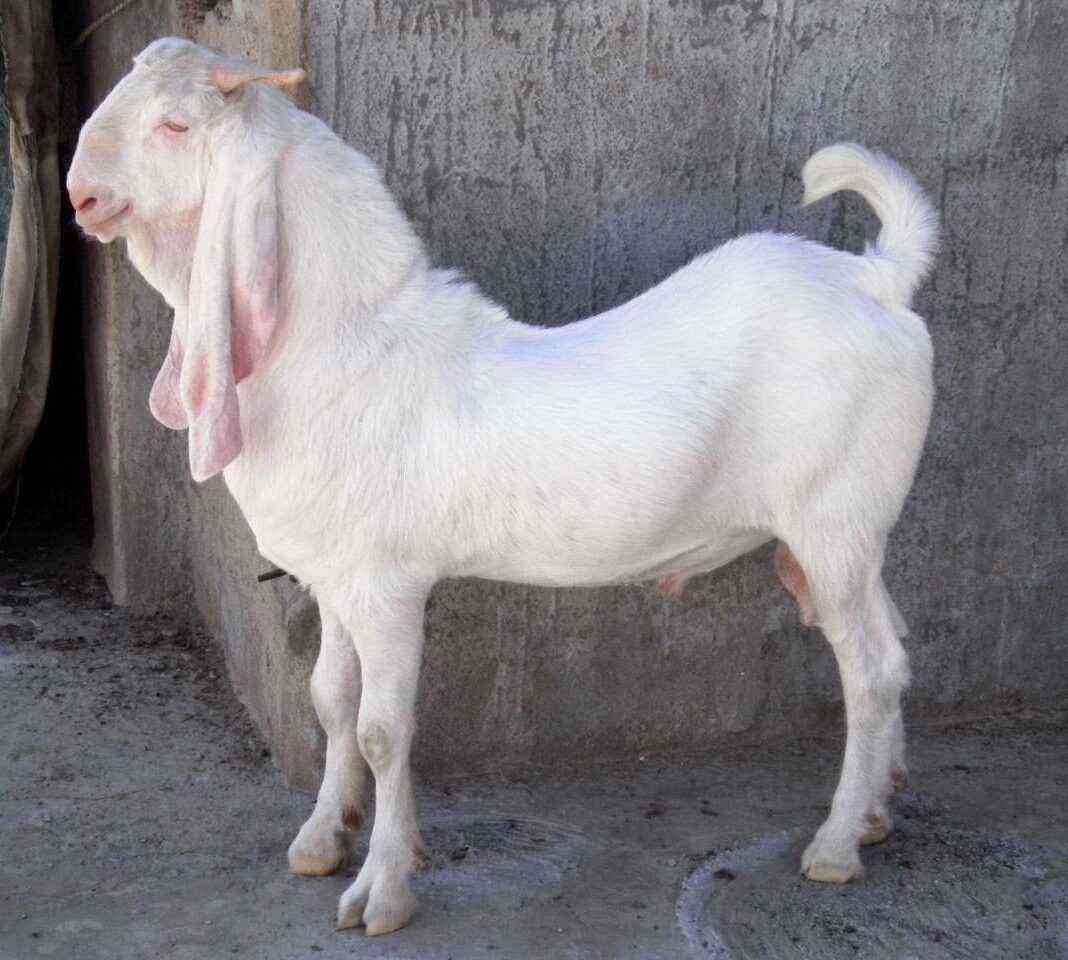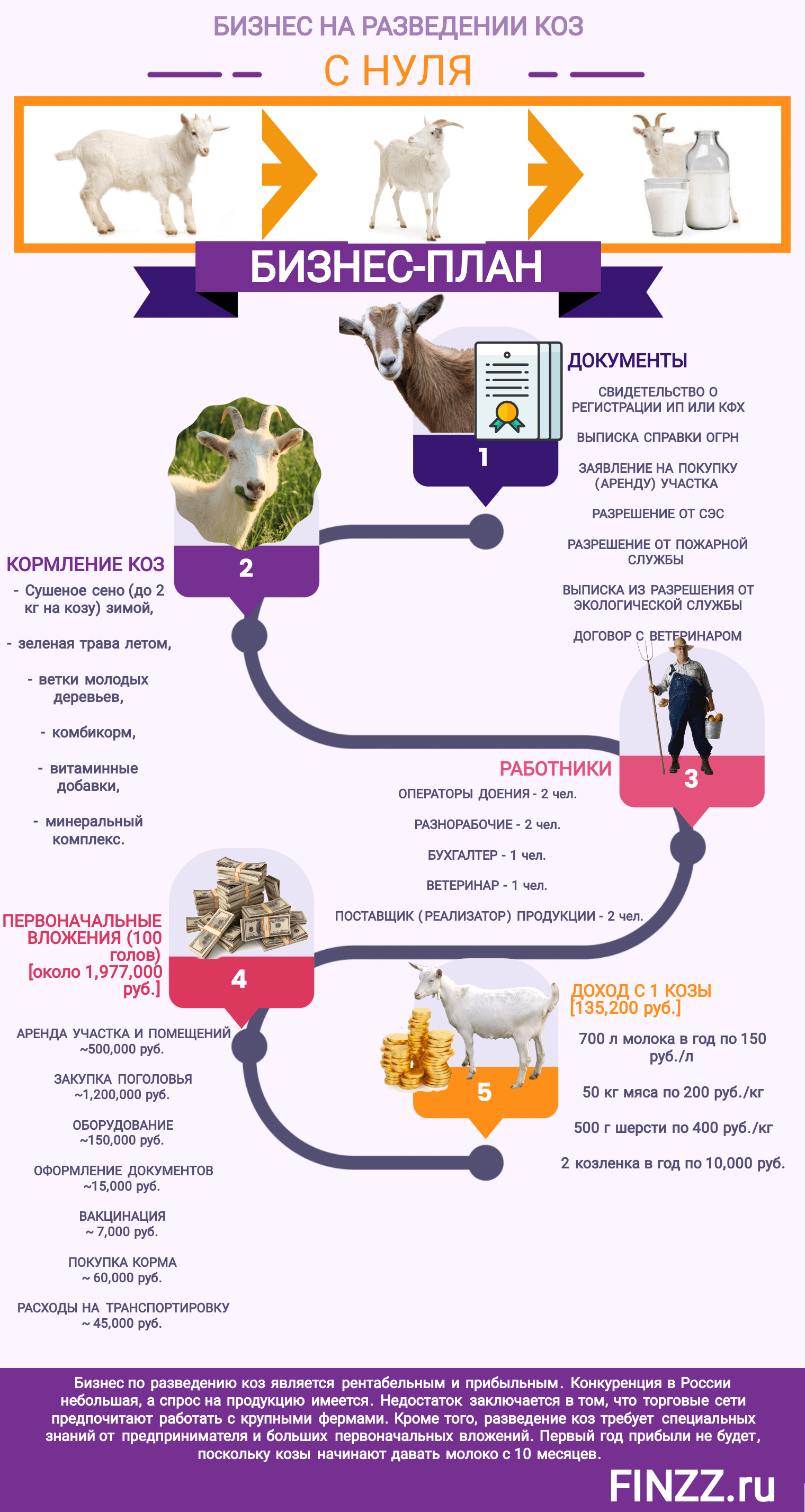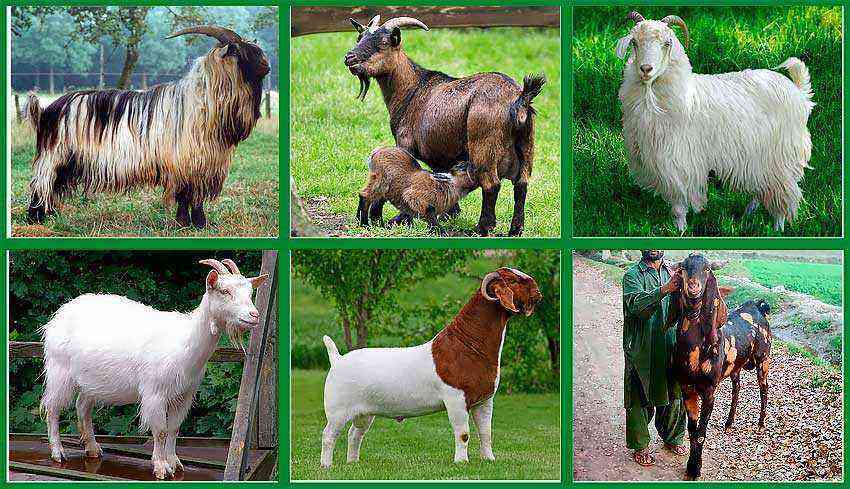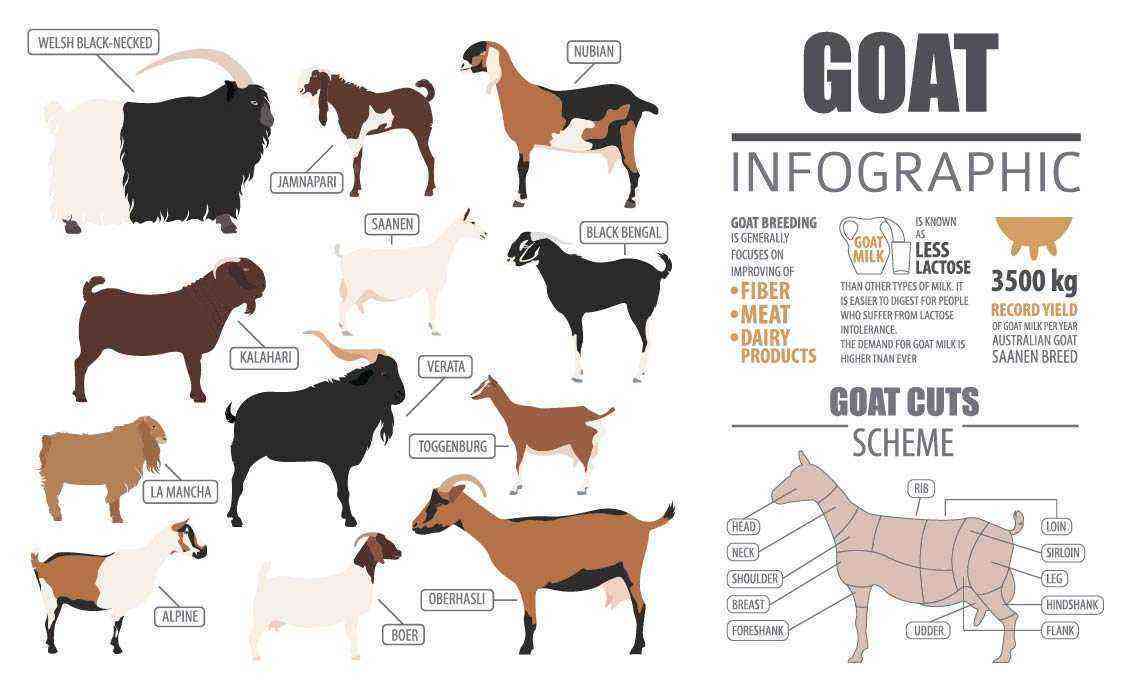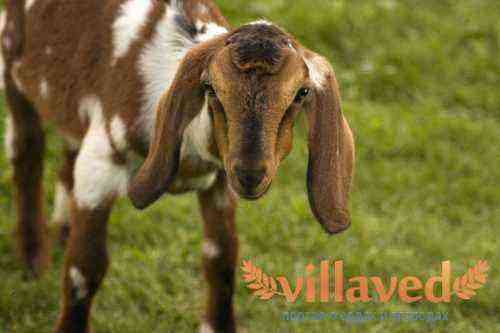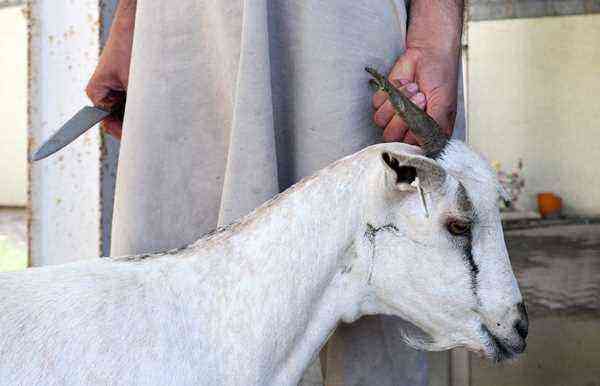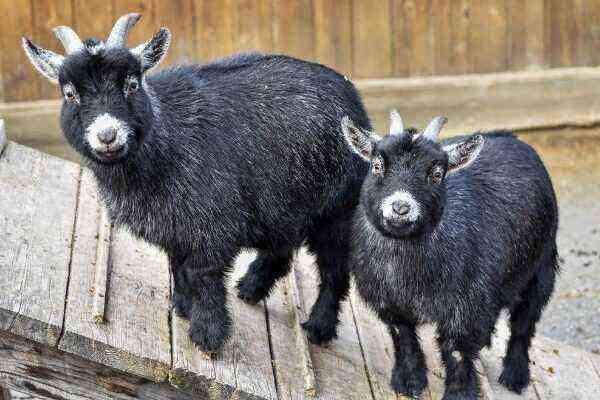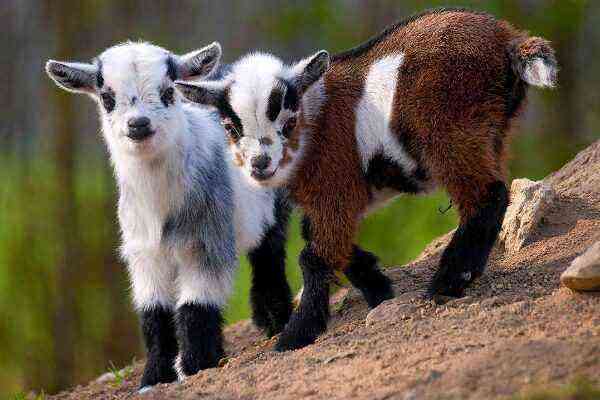Among the strange horned breeds are myotonic goats, which are bred in America in the Tennessee state. They differ from their relatives in the ability to faint, for which they were nicknamed “fainting” in everyday life.
Fainting (Myotonic) goats
The content of the article:
Description of the myotonic goat
Fainting goats are a variety of domestically bred common horned animals that are unique in their species because of their peculiarity. A fairly rare species of artiodactyl is able to faint in an emergency situation for him. This feature is inherent only to the myotonic goat, therefore, breeders consider it a rare species that attracts interest not only from ordinary farmers, but also from zoologists. Its characteristic phenomenon of falling into an immovable state is an occasion for the restoration of the population in order to understand and give an explanation for the inexplicable.
In appearance, the Tennessee goat resembles an ordinary one, but its dimensions are slightly smaller – usually, a swooning horned representative reaches a height of 42 to 65 centimeters and can weigh both 27 and as much as 79 kilograms. Myotonic males are able to gain weight up to 100 kilograms. They are not among the frisky animals and, as a rule, are 35-40 percent thicker than ordinary goats.
The swooning horned beauty has large bulging eyes and a straight profile. The classic wool color of fainting goats is black and white, but in nature there are animals with a different coat color. Despite the fact that animals do not have common roots with Angora breeds, in cold weather, some representatives of the myotonic branch can become producers of cashmere products, being owners of good wool, both short and long.
Causes of fainting in myotonic goats
Goats owe their ability to faint to a genetic abnormality that can be inherited, being recessive and appearing in every second offspring.
A genetic disease called “myotonia” gave the name to these animals. Muscular paralysis, leading to immobilization, appears as a result of increased emotionality and nervous overexcitation of the body. Among the reasons leading a goat to faint are the following:
- threatening danger, which manifests itself in the form of fear or fear,
- an emotional outburst at the sight of a large amount of their favorite food, for them it is cereals,
- overexcitation at the appearance of an individual of the opposite sex.
All these nervous urges incapacitate the goat’s organism for ten to fifteen seconds, during which they fall on their backs on their sides or on their backs, stretching out their limbs and losing the ability to move. It is precisely because of this extraordinary behavior that animals received the household name “wooden” and “stiff-legged”.
The essence of pathology in myotonic goats
Myotonia characteristic of fainting goats is a neuromuscular disease that is accompanied by muscle spasms with a delay in their relaxation, therefore, under conditions when the muscles suddenly spasm and cannot relax, the animals fall upside down, as if knocked down, unable to move.
This feature is associated with the pathology of chromosomes, therefore the practice of crossing faint goats with other breeds does not give positive results – if the first offspring can be absolutely healthy, then the kids born later will certainly take on this genetic disease and begin to faint.
Unlike other animals, in which the body is completely switched off during an unconscious stay, myotonic goats are conscious during an attack.
Scientists believe that the effect on the body of myotonic disease weakens as the animal grows older, but this may be characteristic of other breeds, while fainting goats fall into a stupor regardless of the number of years lived, which does not affect their health in any way.
Why is the Tennessee breed bred?
Back in 1989, lovers of unusual goats that can fall into an immobilized state created an international organization that monitors the conservation of the breed and monitors compliance with breeding standards.
A few years ago, myotonic representatives were used as bait in order to save the goat herd, using their specific feature. When a predator appeared, under the influence of a sense of danger, the myotonic goat fell into a fainting state, thereby providing a sacrifice and dooming itself to death, but at the same time preserving all the other individuals of the herd.
Today, the myotonic goat is protected in America, being a rare animal. Among the advantages of the breed, the good taste of meat and the simplicity of its maintenance are noted. Often, individual farms have a fainting animal for the sake of interest because of its uniqueness. Friendly and funny in nature, myotomy goats are increasingly taking part in entertaining performances.
